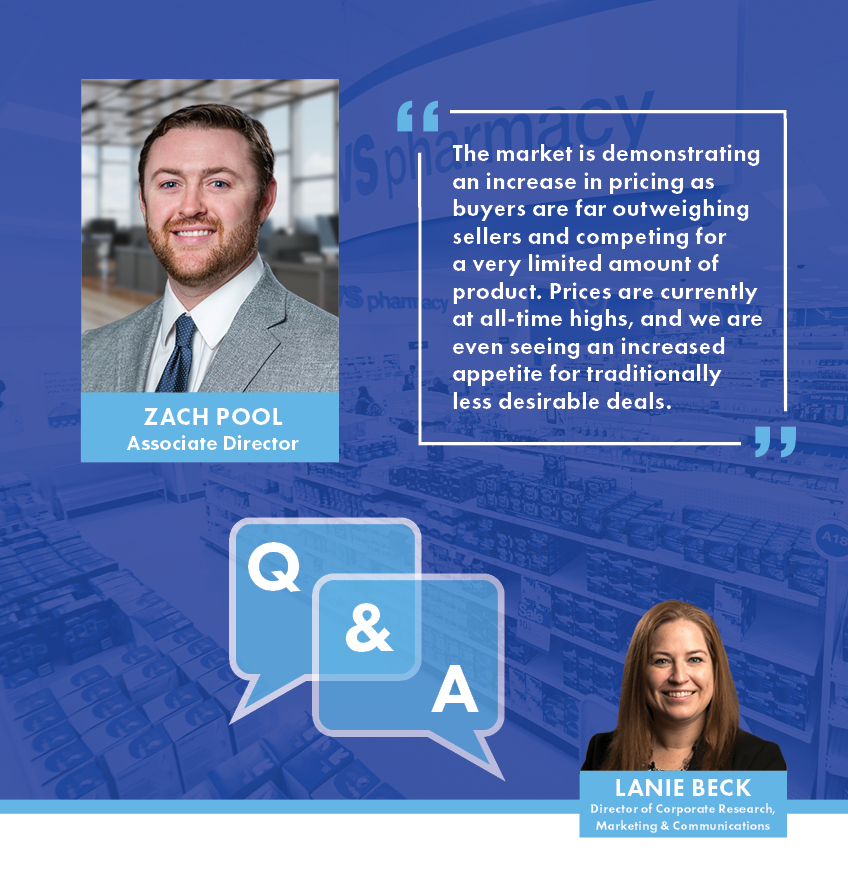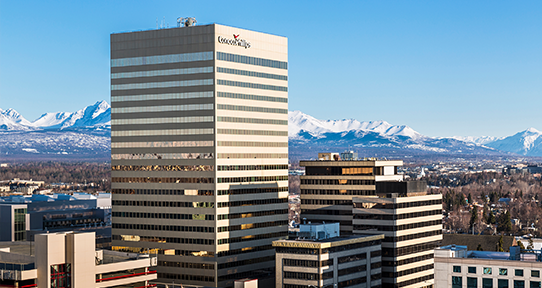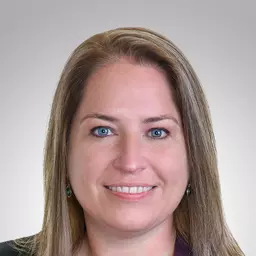State of the Zero Cash Flow Market
 Current market components have created an environment that is prime for an owner considering a sale of a zero cash flow (ZCF) structured property. Demand for these assets is strong as a result of velocity in real estate sales that creates 1031 exchange needs. In addition, non-1031 buyers seeking near-term tax benefits from ownership see a short window of time to take advantage of current benefits scheduled to diminish after this year. These drivers of demand are met with a reduced supply, resulting in current all-time peak pricing. Here, we speak with Zach Pool, one of Stan Johnson Company’s ZCF experts, to better understand current dynamics in this unique investment sector.
Current market components have created an environment that is prime for an owner considering a sale of a zero cash flow (ZCF) structured property. Demand for these assets is strong as a result of velocity in real estate sales that creates 1031 exchange needs. In addition, non-1031 buyers seeking near-term tax benefits from ownership see a short window of time to take advantage of current benefits scheduled to diminish after this year. These drivers of demand are met with a reduced supply, resulting in current all-time peak pricing. Here, we speak with Zach Pool, one of Stan Johnson Company’s ZCF experts, to better understand current dynamics in this unique investment sector.
Lanie Beck: What is the current state of the zero cash flow market?
Zach Pool: The current ZCF market is in a state of unfamiliarity, experiencing a cycle that is providing exceedingly little available inventory. This lack of product has created a supply/demand imbalance that has not been seen in years. This imbalance is yielding tremendous competition for limited assets and driving price for sellers.
LB: Where does the demand for zeros come from?
ZP: The primary buyer pool for zeros has always been 1031 exchange-driven, though there are investors with other motivations. A zero is attractive to exchange buyers who have little or no equity, seeking to fulfill their trade need by replacing a significant amount of debt with as little equity as possible.
Additionally, an exchange buyer with a larger amount of equity may seek a zero in order to use the paydown/readvance feature provided in the loan, allowing the buyer to right-size the debt and equity requirements of the trade and extract a significant amount of tax-free equity once the exchange is completed.
Alternatively, a non-exchange buyer may be looking to purchase an asset that will produce net tax losses, offsetting income elsewhere in the owner’s portfolio. These tax benefits can be multiplied by taking advantage of current allowances under the tax code, such as 100 percent bonus depreciation. The bonus depreciation allowance is set to unwind after 2022, encouraging buyers to act now in order to maximize their investment.

LB: How is this increase in demand affecting pricing?
ZP: The market is demonstrating an increase in pricing as buyers are far outweighing sellers and competing for a very limited amount of product. Prices are currently at all-time highs, and we are even seeing an increased appetite for traditionally less-desirable deals (leasehold interests, accruing debt structures, etc.).
LB: What is the primary cause of the lack of new inventory?
ZP: There are fewer CTL-financed assets (credit tenant lease), and this reduced level of newly developed inventory is at least partially the result of three factors: 1) a compressed cap rate market, 2) historically low interest rates and 3) notable tenant downsizing.
First, amidst the COVID-19 pandemic, we saw a flight to credit quality throughout the net lease space. As the market proved uncertain, and lesser credit tenants struggled, investors sought the safety provided by an investment grade tenant and were willing to pay a premium for it. This willingness from the buyer population has had a significant impact on the economics of the CTL structure, curbing the benefits of high-leverage financing due to the ability to secure an aggressive cap rate at the exit. This trend has been aided by the inexpensive capital available to purchasers.
Secondly, in addition to the desire for limited credit exposure, low interest rates allowed buyers to be more aggressive on price, further compressing cap rates. This low interest rate environment has cultivated an aggressive market, and the end result is developers of credit tenant product are achieving better net proceeds by selling projects with a standard cap rate structure vs. a zero structure.

Thirdly, one of the most notable CTL tenants, CVS Pharmacy, has recently announced their intention to close approximately 10 percent of their footprint over the next three years. It is no surprise that development of additional CVS Pharmacy CTL-financed sale leasebacks has slowed in the wake of this announcement.
LB: Is there another cause contributing to the lack of inventory?
ZP: Yes, a second cause of today’s lack of inventory is reduced trade volume. The lack of steady deal flow has become a self-fulfilling cycle. Many ZCF owners have become less inclined to sell in light of increased demand. While investors are generally attracted to the idea of capturing the level of equity that now exists within their property, they are increasingly apprehensive about their target replacement being priced at a premium. This hesitancy to sell out of concern of being able to locate a reasonably priced replacement has created somewhat of a gridlock. As long as interest rates remain exceptionally low, this trend very well may continue. However, the low-rate environment appears to be nearing its end.
LB: What are your predictions for the future?
ZP: We are always hesitant to predict the future as no one has a crystal ball, but there are a few things we may expect. The Federal Reserve has increased interest rates by 25 basis points as of mid-March, reflecting the first increase since 2018. The Fed has also given clear guidance that consistent hikes are likely to occur through 2022 and into 2023 in an effort to help curb the worst inflation the U.S. economy has seen in 40 years. The likely result of increased rates will be an easing of the current cap rate compression as investor yields tighten due to more expensive debt. Low-rate CTL financing will likely re-emerge as an attractive option for credit tenant developers, providing a potential inflow of new zeros, normalizing inventory levels and rebalancing pricing.


